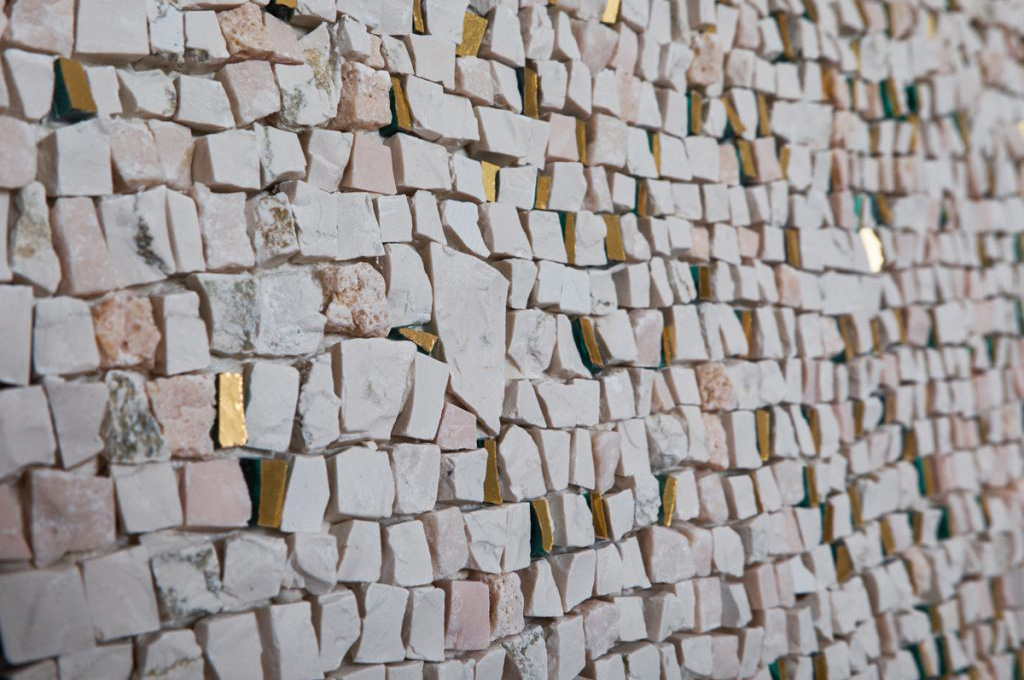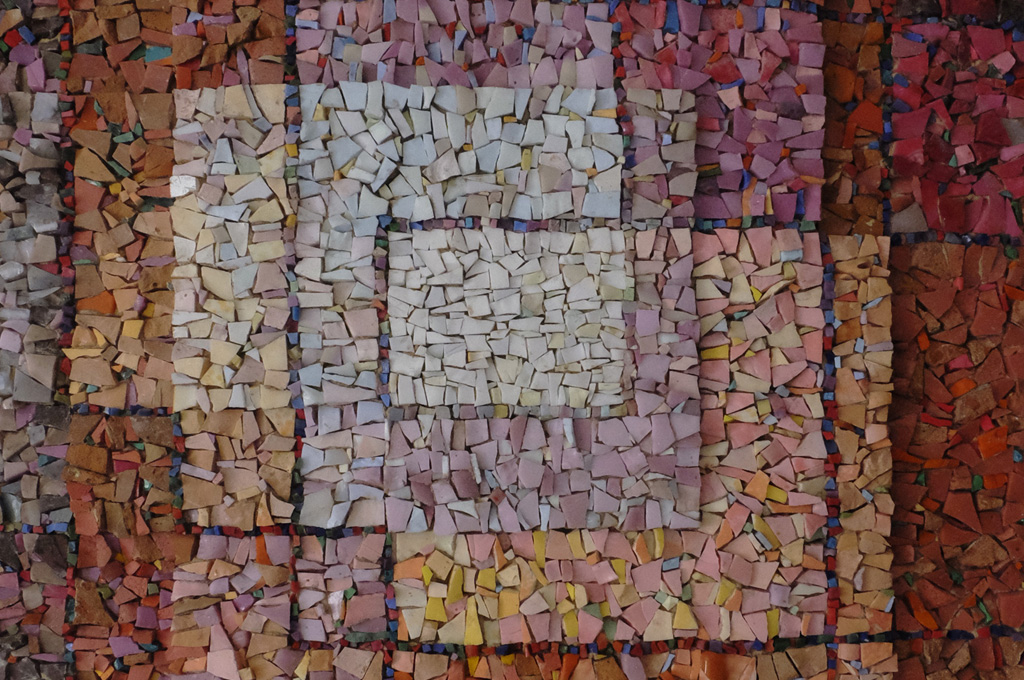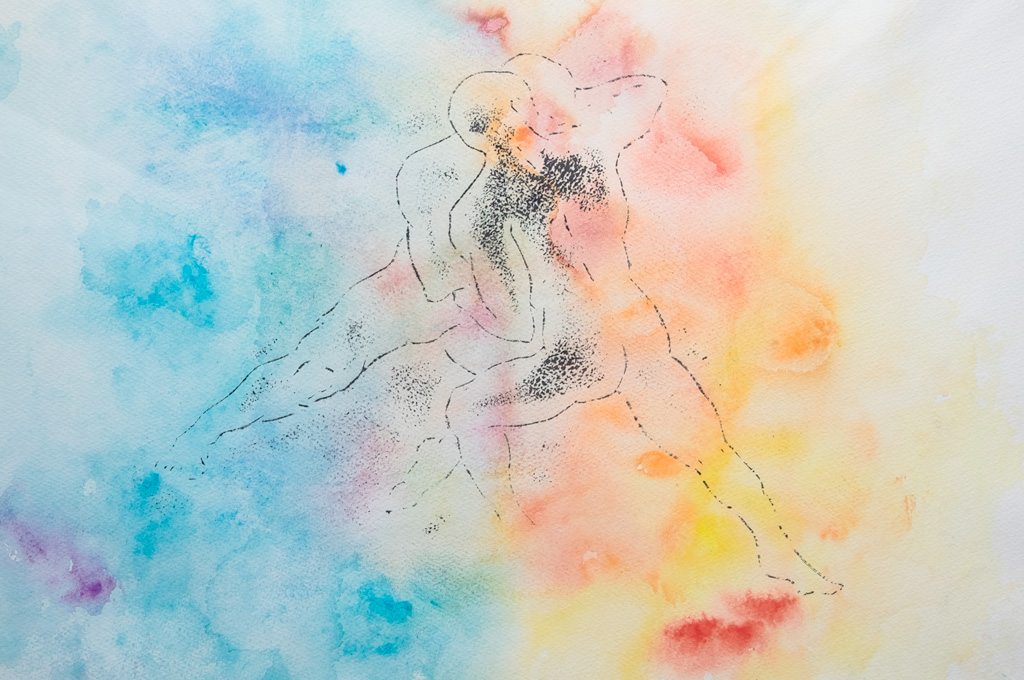Like every person I am fascinated by the relationship between chaos and order. The question is to ignore or to follow the rules . It is the same tension that I find in every artistic mosaic work.
I remember the discussions with many friends on the subject: do we need rules or not? Is common sense or instinct enough? Is academic knowledge really useful, or is it a constraint for much revered creativity? Naturally, a clear and unambiguous answer, I don’t think there is. Wise people have already dealt with the subject much better than I have. But the discussion is fascinating.
I believe that knowing the rules, and even more, understanding them, is the basis of any attempt at progression. Another thing is to apply them, but at the base of everything there is the awareness of what you are doing. And now I explain what I mean.
The rules are boring, but if you don’t know them, you risk discovering hot water
One evening, me ane other artists were celebrating the inauguration of a group exhibition. These are interesting moments of confrontation that always offer important insights. I was chatting with a person who told me he had seen mosaic works by an artist who used I don’t know what material for his works. In a nutshell, he used the same object (let’s pretend they were corks, just to give an example) applying them on a surface to reassemble something. I liked the wonder with which the thing was told to me. There was great enthusiasm in thinking that using “strange” materials was the avant-garde of the mosaic. Then I asked this person to define what mosaic was and how it differs from, for example, a collage or an installation or a sculpture: there was no clarity.
It is not enough, to make a mosaic, to take materials and stick them back to form an image. Morevoer, history teaches: one of the many examples is “Lion hunt” in Pella where pebbles are used. It is a primitive form of mosaic, but it cannot be properly defined as such, because there is no use of cut tiles and there are no real andamenti.
You can’t improvise on anything
I steal this quote because I believe that, without a basis on which to even think of making a variation, nothing can be produced. I simply think of the gymnast who has to jump, or the bird that has to take flight. They need to have something solid under their feet or paws, to leverage the initial cue. The order determined by the rules is the basis that allows variation, improvisation. In a jazz orchestra, if everyone improvised simultaneously, I think they would be far from producing something pleasant or harmonious: there is always a need for an underlying carpet or a moment of arrival that gives us a sense of balance and predictability.
People like surprises, unexpected things don’t
We have always studied the world because it is constantly changing. The change bothers us because it is not predictable. We need to know that our routine remains untouched because it is tiring to reprogram ourselves, re-invent ourselves and we want to rely on resources that are always available. This is why we are constantly looking for rules to describe what surrounds us: we want to know that, after the winter solstice, the days begin to lengthen again and we can think of returning to the sea within a few months.
Therefore, although we are fascinated by mystery and creative exploit, what we cannot foresee bumps us. And yet the repetitiveness bores us. But how complicated we are …
they are limits, and they assume there is more
The limit, the border has not only a negative meaning of narrowness and closing. I like it when it is also understood as that something that defines and suggests that it is something else, beyond that border. Ignoring the rules, which are what determine something and define its limits, also means ignoring what is not enclosed by those boundaries. From my point of view, it means ignoring that you can bypass them at will to discover new horizons. It means depriving yourself of new possibilities.
For this reason, in my mosaics I follow the rules, breaking with the hammer the materials to produce the tiles that will make up my works. They determine the andamento, which are the guides for arranging the tiles. But I am not conditioned by these rules in all respects: they are the basis on which I build my variations. They are the rhythm, the order that is the basis with which I like to play, going beyond to make the language of the mosaic my language.



